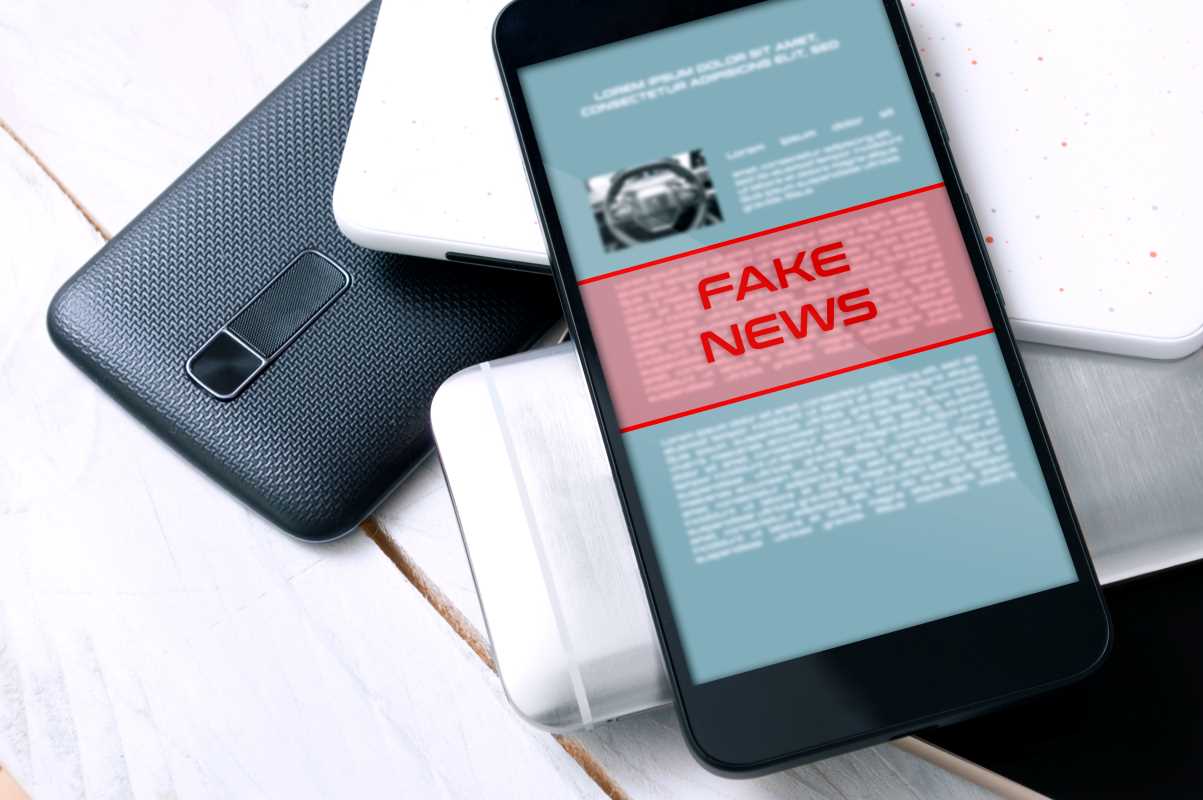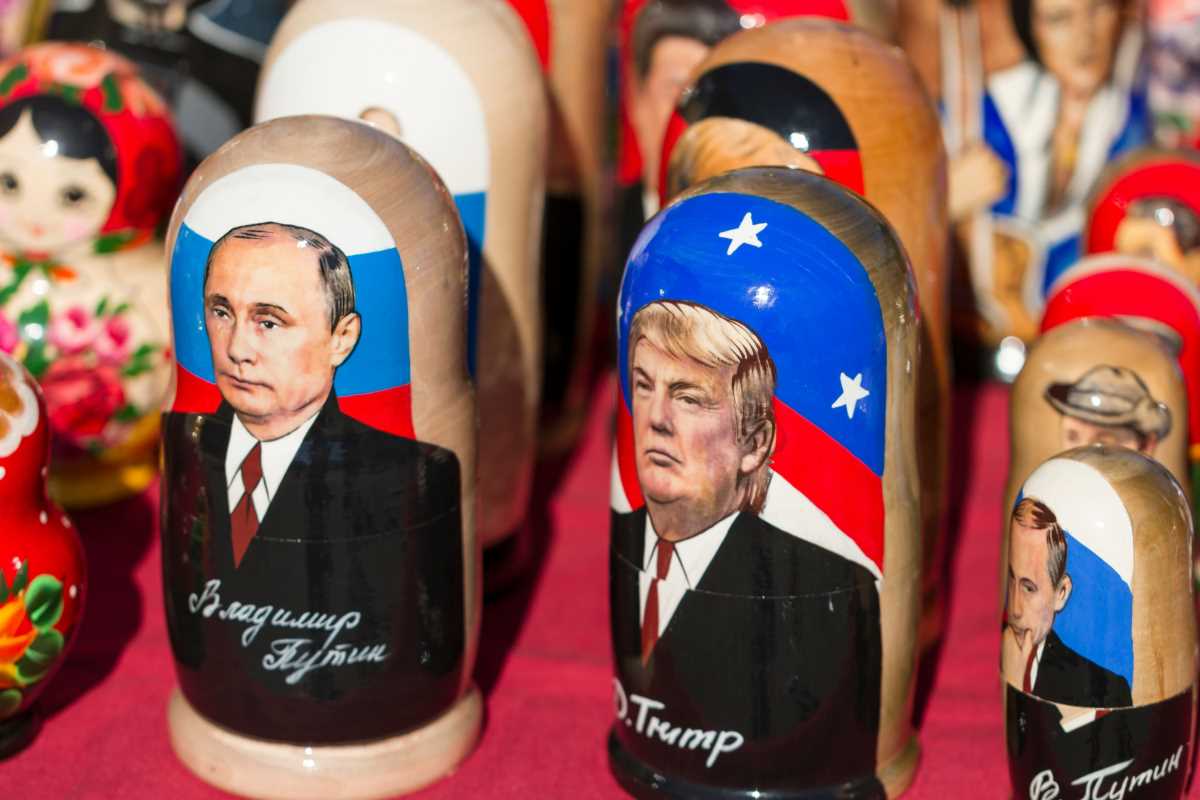Misinformation during elections has always been the nosy neighbor who oversteps, meddles, and leaves everyone second-guessing their choices. However, in the 2024 election, misinformation didn’t just stay on the sidelines; it took center stage, complicating voter perspectives through every tweet, post, and meme.
The lingering question is no longer just about what’s true or false, but about how misinformation weaved its way into the very fabric of democratic decision-making.
The Machinery Of Misinformation
Misinformation during the 2024 election wasn’t subtle; it was relentless, craftily designed to polarize, provoke, and perplex. Social media platforms bore the brunt of blame, as algorithms prioritized engagement over accuracy. Misleading headlines, emotionally charged content, and doctored images were the bread and butter of misinformation campaigns. Once a false story went viral, its reach became nearly impossible to contain.
Traditional media outlets sometimes unintentionally exacerbated the problem. Rushing to break a story or sensationalize a comment, context often became collateral damage. Nuance took a backseat, leaving plenty of room for partisan spins to flourish, as each side interpreted data or statements through its own lens. Before fact-checkers could wave their red flags, the damage was already done.
Adding complexity were foreign entities whose misinformation tactics reached digital sophistication. Troll farms, bot accounts, and fake news websites ran like well-oiled machines, feeding false narratives tailored to divide voters on hot-button issues. Immigration, healthcare, and election integrity became the misinformers’ favorite playgrounds.
But misinformation isn’t only about lies. It also thrives in silence and omissions, where ambiguity leaves space for assumptions and speculations to grow. The lack of transparency on campaign funding, policy outlines, or candidate promises fueled a vacuum into which half-truths and outright fabrications gleefully spilled.
And then there were memes. Oh, the memes! Oversimplified, visually catchy, and sprinkled with dark humor, they spread distorted information faster than any policy briefing or debate recap. What’s scarier is their ability to embed subtle biases under the guise of humor, reaching younger, meme-savvy audiences who consume information in quick, digestible bites.
How Misinformation Shifted Perspectives
The adage “if you repeat a lie often enough, it becomes the truth” seemed to guide misinformation strategies during this election. Voters found themselves either entrenched deeper in their beliefs or wobbling indecisively under the weight of conflicting information.
For the staunchly partisan voter, misinformation served as a loyalty booster. A dramatic claim about policies or conspiracies didn’t just reinforce beliefs; it hardened them. Even when these falsehoods were debunked, the emotional impact of the initial story often outweighed the corrections, leaving lingering distrust behind.
Undecided voters bore the heaviest burden. Swing voters, already navigating a sea of promises, were bombarded with misleading narratives. Exaggerated claims and selectively crafted data often pushed these individuals to either vote impulsively or withdraw from the decision altogether, feeling too overwhelmed to parse out the truth.
For marginalized communities, misinformation had particularly harmful consequences. False reports about voter eligibility or misleading narratives about representation discouraged participation, silencing voices that were already underrepresented in the electoral process. Some communities faced targeted misinformation campaigns designed specifically to confuse and demoralize them.
Social trust also eroded as personal relationships became collateral damage in this misinformation war. Families found themselves split over viral headlines and unvetted rumors, with political conversations devolving into emotional standoffs. The resulting division added another layer of complexity to the already fraught election environment.
Finally, misinformation shaped not only what voters thought but how they felt. Fear, anger, and frustration were the fuel of false narratives because emotional reactions tend to stick longer than rational evaluations. This emotional manipulation kept voters hooked, clicking, and engaging while their perspectives were slowly molded by untruths.
Technology’s Double-Edged Sword
Advances in technology gave misinformation a powerful engine. Social media platforms, designed to amplify reach and engagement, unintentionally became the superhighways for false information. Algorithms, prioritizing sensational content, elevated misinformation over balanced reporting, creating echo chambers that reinforced users’ existing biases.
Artificial intelligence added another dimension to the chaos. Deepfakes became shockingly convincing, leaving users questioning the authenticity of videos and audio clips. AI-generated articles and content flooded feeds, further blurring the lines between reality and fiction. With these tools in play, seeing no longer meant believing in 2024.
Encrypted messaging apps provided another layer of complexity. While they facilitated secure political organizing and grassroots movements, they also became breeding grounds for closed-circle misinformation. False narratives flourished within private groups, reinforcing echo chambers in a space free from oversight.
However, technology wasn’t all doom and gloom. Emerging solutions offered a much-needed counterbalance. Social media companies introduced real-time fact-checking features, though late responses often failed to catch up with the speed of initial shares. Nonprofit organizations, armed with powerful verification tools, diligently worked to debunk false information and spread factual content. Technology turned out to be both the culprit and its own potential cure.
Micro-targeting, where political campaigns directed specific content to highly segmented groups, added intricate layers to the issue. While it allowed candidates to speak directly to niche audiences, it also enabled the stealthy spread of misinformation that remained hidden from broader scrutiny. These personalized campaigns stoked specific fears or hopes, weaving misinformation into tailored narratives that resonated disturbingly well.
Combating Misinformation
Fighting misinformation required a Herculean, multi-pronged effort across individuals, institutions, and platforms. While no silver bullet exists, several strategies rose to prominence during the 2024 election.
Education emerged as the MVP of this battle. Digital literacy campaigns taught voters how to vet sources, distinguish credible news, and recognize bias. School curricula expanded to include critical thinking skills aimed at spotting fake news, empowering younger voters to become informed participants in democracy.
Partnerships between fact-checking organizations and tech companies brought encouraging, albeit limited, results. Warning labels on questionable posts and the downranking of misleading content reduced the reach of harmful narratives. However, these measures also faced backlash, as cries of censorship muddied the efforts’ intentions.
Grassroots movements played a significant role. Local organizations and community forums worked to dispel rumors at the source, fostering open dialogues that prioritized clarity over division. These initiatives helped humanize political discussions, offering a contrast to the chaos of online misinformation battles.
Media outlets also stepped up their game, with some doubling down on transparency and accuracy. Features like investigative fact-checking segments, context-rich reporting, and verification of breaking news helped rebuild trust with skeptical audiences. While not perfect, these efforts pointed toward a new standard for responsible journalism.
Resistance reared its head in many forms, but the combined effort of these approaches showcased the determination to protect truth and trust in democratic processes.
What The Future Holds
The 2024 election hammered home one profound truth about the nature of misinformation and its impact on democracy. Misinformation doesn’t just exploit ignorance; it thrives in environments where trust and transparency are already fractured. Combating it requires more than tools and strategies; it demands a cultural shift toward accountability, patience, and resilience.
Moving forward, voters must take an active role in not only consuming information but scrutinizing it. Technology companies will remain key gatekeepers, tasked with striking the delicate balance between free expression and preventing harm. Policymakers must also step in, legislating against the spread of disinformation while protecting open discourse.
More importantly, there is a growing need to rebuild trust, not just between voters and institutions but among communities themselves. Empathy is the antidote to division, and dialogue will always outlast the hashtags of falsehoods. Through collective efforts and ethical innovation, the tide of misinformation can be stemmed.
The 2024 election serves as both a cautionary tale and a rallying cry. If democracy is to endure in this age of digital noise, it will require nothing short of vigilance, cooperation, and a shared commitment to seeking truth, even when it’s inconvenient. The question isn’t whether misinformation will persist, but whether we will rise to the challenge of countering it.







